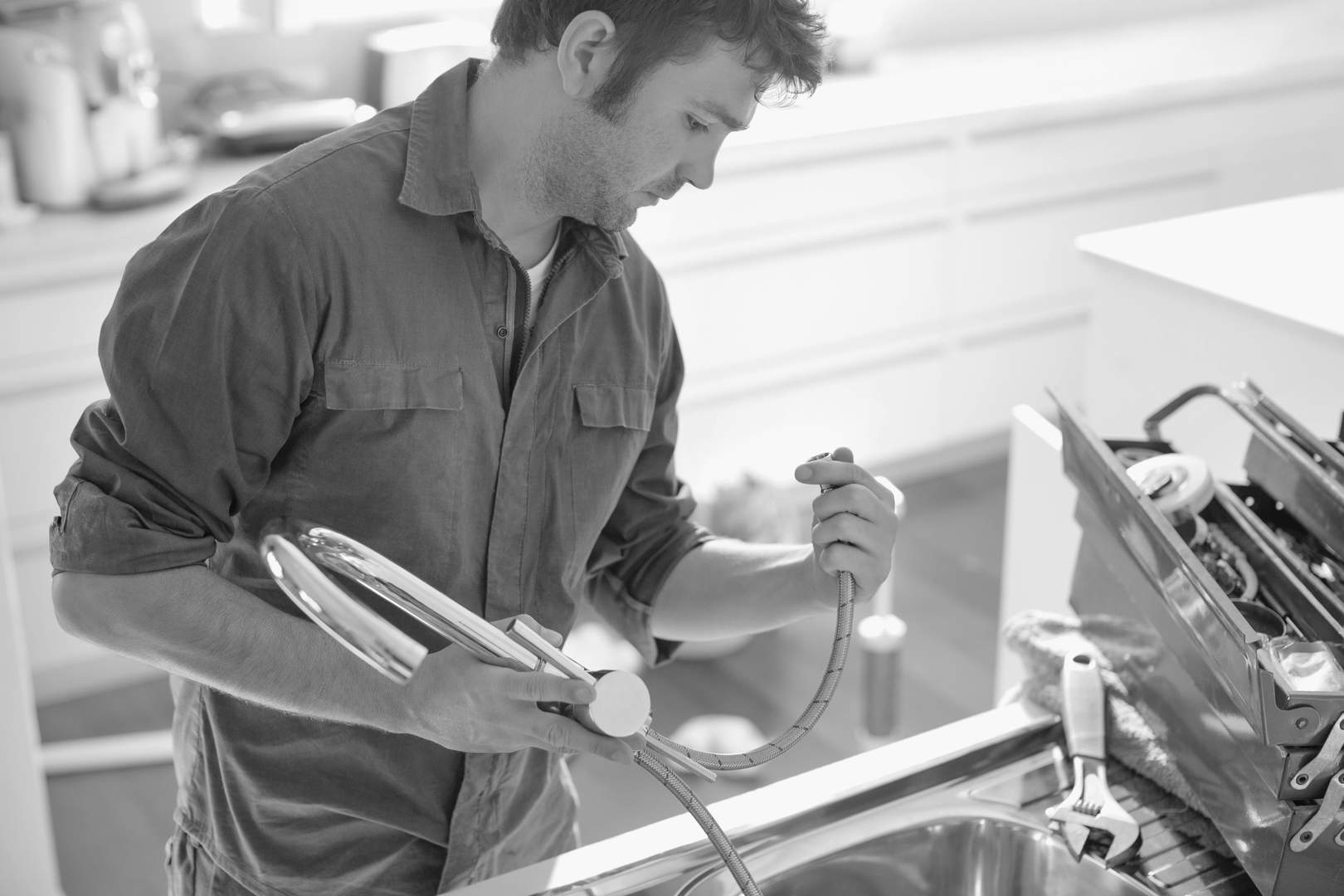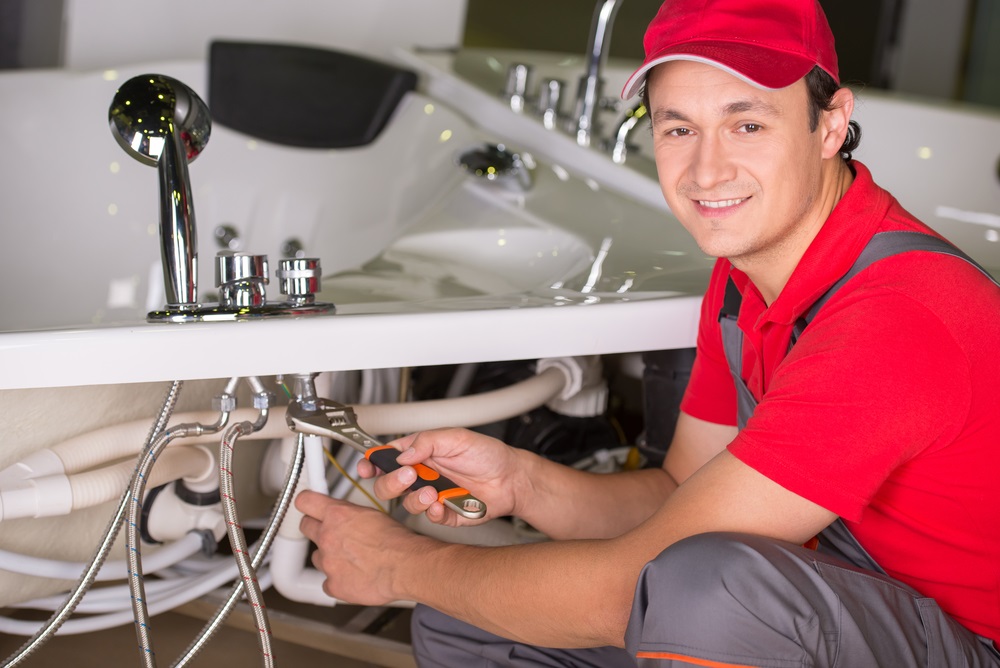Quick Fixes: Emergency Plumbing Solutions Before the Plumber Arrives
Emergencies often strike when we least expect them, and plumbing issues are no exception. A burst pipe, a leaky faucet, or a clogged drain can cause chaos in your home and leave you scrambling for solutions. While waiting for the υδραυλικοσ to arrive, there are several steps you can take to mitigate the damage and potentially solve the problem temporarily. Here are some emergency plumbing fixes you can do on your own:
Shut Off the Water Supply: Before attempting any fixes, turning off the main water supply is crucial to prevent further flooding or damage. Locate the shut-off valve, typically found near the water meter or where the main line enters your home, and turn it clockwise to stop the water flow.

Contain the Leak: If you’re dealing with a leaky pipe or faucet, containing the leak should be your immediate priority. Use buckets, towels, or rags to soak up excess water and prevent it from spreading to other areas of your home. Placing a bucket under a dripping pipe can also help collect water and minimize the mess.
Unclog Drains: A clogged drain can disrupt your daily routine and cause inconvenience. Try using a plunger to dislodge the blockage by creating a vacuum and forcing the obstruction to move. For stubborn clogs, a mixture of baking soda and vinegar followed by hot water may help break down the debris. Avoid using chemical drain cleaners as they can damage your pipes and the environment.
Patch Leaky Pipes: If you discover a small crack or hole in a pipe, you can attempt to patch it temporarily until the plumber arrives. Use plumber’s tape or epoxy putty to seal the leak and prevent further water damage. Make sure to follow the product instructions carefully and apply the patch securely.
Address Frozen Pipes: In cold climates, frozen pipes can significantly threaten your plumbing system. If you suspect that a pipe has frozen, turn off the water supply immediately to prevent bursting. You can then attempt to thaw the pipe using a hairdryer, heat lamp, or electric heating pad. Never use open flames or excessive heat, as they can damage the pipe or pose a fire hazard.
Check Fixtures and Connections: Inspect your faucets, showerheads, and toilet connections for any signs of leaks or loose fittings. Tighten connections with a wrench and replace worn-out washers or gaskets to prevent water wastage and damage.

Utilize a Wet-Dry Vacuum: A wet-dry vacuum can be a lifesaver if you’re dealing with a flooded area. Use it to extract standing water from floors, carpets, and other surfaces to prevent moisture-related issues such as mold growth and structural damage.

